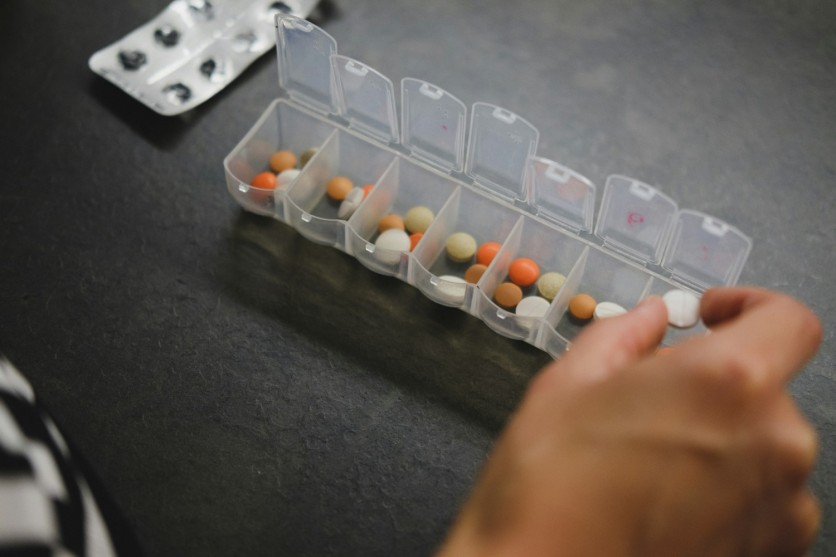
When it comes to prescription medication, cost is a serious issue. In fact, a study from the Journal of the American Board of Family Medicine found that as many as 50% of patients fail to adhere to their medication regimens, frequently due to financial strain.
The impact is even more pronounced among low-income individuals, with 47% resorting to cutting back on basic necessities like food, transportation, or utilities just to keep up with their medication costs.
This clearly indicates that the cost of prescription medications can be a major source of stress for many individuals. However, prescription discount cards—often paired with a convenient app—can significantly alleviate these expenses and make medications more affordable.
As Matthew Herfield, Co-Founder and CEO of BuzzRx, a free prescription discount card and app service, explains, using a prescription discount card enables households to maximize their savings on this essential expense—particularly when they follow a few key tips.
1. Use Generic Medication When Possible
"Using generic medication, rather than a name-brand drug, is one of the best ways to save on your prescriptions, especially when using a prescription discount card," Herfield says.
"Generic drugs are already 80 to 85% less expensive than name-brand drugs on average. When you use a prescription discount card, the savings can reach up to 80% or more off the retail price of most generics at the pharmacy. These are much more significant discounts than if you stuck to a name-brand drug."
Because of this, Herfield advises that patients ask their doctor if a generic alternative is available for their prescription. While patent law limits the availability of generics for newer medications, many conditions have generic medications readily available, which can lead to major savings.
2. Ask About Alternative Medications
When generic drugs aren't available, patients can still ask their doctor about alternative medications that would provide similar benefits to their current drugs at a lower cost. These medications typically have different ingredients, which means side effects and other drug interactions could vary, making it essential to consult with your doctor first.
Doctors may be able to recommend other alternative solutions as well. For example, one common practice is to get a 90-day supply of medication rather than continually going to the pharmacy for monthly refills. A single 90-day supply is often less costly overall than the three separate payments you would make when renewing your prescription each month.
These solutions can help patients save even more when using their prescription discount card, but should only be done with their doctor's guidance.
3. Compare Prices at Different Pharmacies
Herfield also emphasizes the value of comparing prices at multiple pharmacies in your area to ensure you get the best possible deal when using a prescription discount card. With over 60,000 pharmacies nationwide that accept prescription discount cards, there is significant price variation based on location, supply and demand, and the rate negotiated with a particular company.
"Our rates are negotiated directly with the pharmacies, so the discounted price can vary quite a bit amongst pharmacies," he says. "That's why our website and app feature a tool that allows you to quickly search for your medication to find a list of pricing at different pharmacies in your area. This will always help you save at least a few dollars on your prescription fills, but sometimes the price differences can be significant, saving you hundreds of dollars."
4. Compare with Your Insurance
Contrary to popular belief, prescription discount cards are available to all households, regardless of whether or not they have insurance. For individuals and families with health insurance, this opens up additional opportunities for saving.
"It never hurts to ask the pharmacist to compare what your costs would be with a prescription discount card versus your insurance," Herfield says. "Depending on the type of coverage you have and the medication you need, using a prescription discount card could actually be cheaper than paying for an insurance copay. Knowing your insurance copays and comparing them with the discounted prices available through the card will ensure you always get the lowest price possible."
5. Follow Medication Guidelines
As noted earlier, many individuals don't take their prescription medication as recommended. While this may help save money in the short term, Herfield is quick to note that this can have significant negative consequences in the long run.
"When you don't take your medications as directed, you aren't managing your health conditions properly," he says. "This can be especially problematic for chronic conditions, allowing them to get worse. You might save money on your prescriptions in the short term, but failing to manage your health properly could result in much higher future expenses from hospital stays, surgeries, or additional prescriptions. The best way to save the most with your prescription discount card is to take your medications as directed so they can help you live healthier."
Start Saving
Herfield's insights highlight how a prescription discount card can be an invaluable asset for cutting costs on essential medications—particularly when used effectively. By following these straightforward steps, you can substantially lower your out-of-pocket expenses for prescriptions, freeing up more of your budget for other vital needs.
ⓒ 2026 TECHTIMES.com All rights reserved. Do not reproduce without permission.





